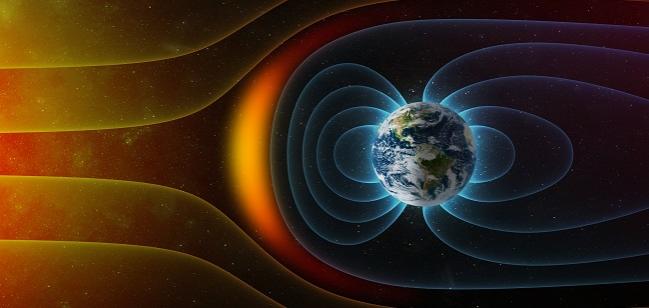Tentative Link Found Between Solar Storms, New-Onset A-fib
The correlation is weak, but it is biologically plausible and warrants further study, one expert says.

LISBON, Portugal—Environmental factors here on Earth are known to play a role in the development of A-fib, but a new study suggests forces beyond our planet could be influencing human heart health.
Researchers led by Ilias Kanellos, MD (Ahepa University Hospital, Thessaloniki, Greece), found that fluctuations in new-onset A-fib cases seen in the emergency department were associated with two measures of the activity of high-energy particles launched toward Earth from solar storms—daily solar wind speed and daily solar wind density.
“So there is a correlation between the solar winds and the arrhythmias in the human heart,” Kanellos told TCTMD during a poster presentation at the European Heart Rhythm Association Congress 2019. “It’s the first study of its kind.”
The study could have implications for the health of people here on Earth, and perhaps more importantly, for astronauts going on space missions that take them beyond the planetary protections against solar storms, Kanellos said, adding that experts in physics and medicine need to collaborate on studying the issue.
It came out of a search to explain why there were certain days and times when the frequency of visits to the emergency department for acute A-fib was high relative to other days and times, Kanellos explained. His team examined environmental factors like temperature and humidity, but they did not explain the fluctuations in acute A-fib cases.
Based on the knowledge that high-energy particles from solar storms can disrupt electrical equipment, Kanellos and his colleagues hypothesized that they could also affect the functioning of the heart’s electrical system.
To test that idea, the investigators combined data on 1,780 patients who presented to their hospital with new-onset A-fib over a 3-year period with real-time solar wind data from NASA’s Deep Space Climate Observatory.
When they crunched the numbers, there were correlations between new-onset A-fib and increases in daily solar wind speed (r = 0.68) and density (r = 0.60; P < 0.05 for both).
There are no other studies in the literature considering a possible extraterrestrial influence on human arrhythmias, Kanellos said, who added that he plans on looking for links between solar storm activity and other arrhythmias and health conditions. He said preliminary analyses suggest similar relationships with supraventricular tachycardia.
The next steps would be to validate the findings in larger groups of patients and then to perform studies evaluating whether providing some type of protection for the heart would reduce the incidence of acute A-fib, Kanellos said.
The implications are particularly relevant for the crews of space missions, he said, pointing to evidence suggesting that astronauts involved in the Apollo lunar space missions, the only ones who have breached Earth’s protective magnetic shield, are particularly susceptible to dying from cardiovascular disease.
Undoubtedly atrial fibrillation is influenced by environmental issues. Michael Glikson
Commenting for TCTMD, European Society of Cardiology spokesperson Michael Glikson, MD (Sheba Medical Center, Tel Hashomer, Israel), called the findings interesting and hypothesis-generating.
“Undoubtedly atrial fibrillation is influenced by environmental issues,” Glikson said. “It’s easier, of course, to understand air pollution and things like that, but solar energy and magnetic influences theoretically can of course stimulate the heart. So this idea doesn’t seem illogical.”
But despite the biological plausibility, the correlations identified in this study were not very strong, Glikson pointed out. “I wouldn’t draw any practical conclusions from this at this point because this is a weak correlation shown in one study,” he said, adding that it will be important for the results to go through the scrutiny involved in getting them published.
Still, it’s a worthwhile area for research, particularly for those working on space medicine and—potentially—the health effects of air travel, Glikson said. “The only thing that I can say is that it may deserve further studies, but this is not proof of anything.”
Todd Neale is the Associate News Editor for TCTMD and a Senior Medical Journalist. He got his start in journalism at …
Read Full BioSources
Kanellos I. Impact of deep space geomagnetic storms (DSCOVR-NASA-DATA) in human heart electric conduction system. Possible positive role of space solar storms in the genesis of atrial fibrillation in human beings. Presented at: EHRA 2019. March 17, 2019. Lisbon, Portugal.
Disclosures
- Kanellos reports no relevant conflicts of interest.


Comments